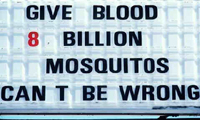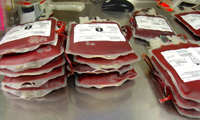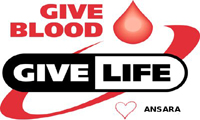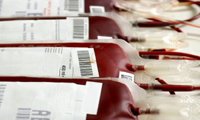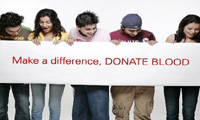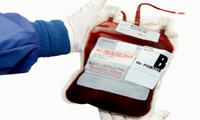IBB is website which functions with the sole aim to promote and spread the awareness among the people to donate blood which is helpful for the poor and needy, support child education.
Contacting Blood Donors
The users need to utilise the information provided in the site and approach the list of donors.
The details of the donors are displayed only to facilitate the users for contacting them when in need of blood in case of any emergency.
IBB is not responsible for willingness/unwillingness to donate blood expressed by the donor listed in the site
Content
Content provided in or through the site:
Contacting Blood Donors
The users need to utilise the information provided in the site and approach the list of donors.
The details of the donors are displayed only to facilitate the users for contacting them when in need of blood in case of any emergency.
IBB is not responsible for willingness/unwillingness to donate blood expressed by the donor listed in the site
Content
Content provided in or through the site:
- Is provided for information purposes only.
- Is not shared with third parties.
- The donor information available in this website is made available to us by the donors and its purely the donor's right to continue or to withdraw any information available at any point of time.
- We are not responsible for any inaccuracy in the information available on the website.
- We are not responsible for any misuse of contact information displayed in the website. If you feel that your contact details are being misused then contact us
External Links
IBB may contain links to other web sites or resources only for the convenience of the users. IBB is not responsible for the content of these external sites, nor does IBB endorse, warrant or guarantee the products, services or information described or offered in those sites. It is the responsibility of the user to examine the copyright and licensing restrictions of linked pages and to secure all neccessary permission.
IBB Rights
IBB reserves the right to change, modify or discontinue any aspect of the Website at any time, including any information or its contents or features. IBB reserves the right to collect, analyze and disseminate the patterns of usage of the Website by all its Users.
Copyrights & Trademarks
All information or content on the Website is the exclusive property of IBB. No information or content on the Website may be copied, modified, reproduced, republished, uploaded, transmitted, posted or distributed in any form without the prior written consent of IBB.
IBB trademark shall not be used in any manner without the prior written consent of IBB.
Unauthorized use of any information or content appearing on the Website shall violate copyright, trademark and other applicable laws and could result in criminal or civil penalties.
